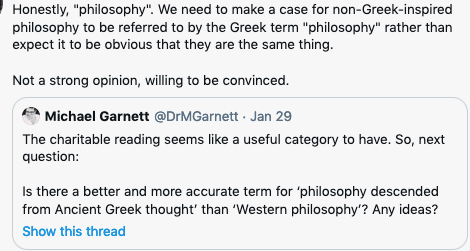I don’t like writing about myself, but the following lines might be useful. At once it dawned on me that many misunderstandings around me are caused by a simple fact: I enjoy helping other people.
It’s not just that I think it is my duty to help them, I also enjoy seeing them happier and I relish their progresses. The moment in which a student, whom I accompanied in their first steps in Sanskrit (or) philosophy first corrects me (usually tentatively and almost embarassed) is my moment of glory.
If I were to read with a group of people, I would enjoy helping the one who is doing their best, but still struggling. I know that others would just prefer to go on and don’t like having people keeping the pace slow. They are right in many senses (there would be otherwise no advancement of knowledge!). Still, I like helping the slow-paced ones. In many cases, I also discover that I can understand things better while explaining them. In others, I realise that the passage was not as straightforward as I thought and that the person being seemingly “slow” was just being more accurate and insightful. Thus, I have also selfish reasons for helping.
If I were to lead a reading group, I would like people to join knowing that they might start at “K” level and leave at “12” level and that they will be helped by me and the others first and will have to help the new ones later.
This being said, I am aware of the fact that not everyone is like that. Probably, because some are not like that, they cannot understand me (like I might have troubles understanding them) and ascribe me obscure motives. This is not the case. I am not accusing/blaming/reproaching anyone. I am just trying to be useful.

